Technologies
iPhone 15 and Every Other Apple Product to Expect in 2023
A new iPhone with USB-C charging is one of the many products we could see from Apple this year.
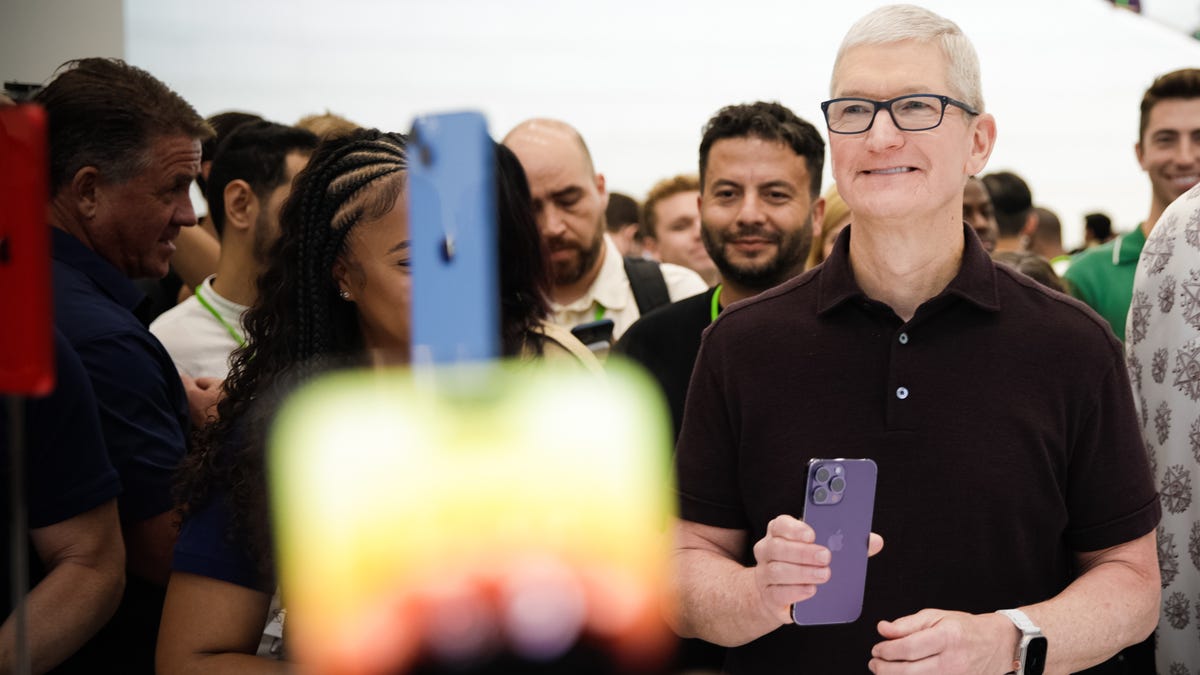
You never really know what to expect from Apple when it comes to its product launches. However, the company tends to release certain products on a regular schedule, providing possible clues about what’s to come. Leaks and rumors also paint a picture of potential gadgets we may see throughout 2023, such as the iPhone 15 and Apple’s long-rumored «mixed-reality» headset.
If the reports turn out to be accurate, 2023 could mark several firsts for Apple’s product lineup. We may see the company’s first AR/VR headset, the first iPhone with USB-C and the first 15-inch MacBook Air, for example. As for other products like AirPods, the Apple TV and the iPad, Bloomberg reports we likely won’t see major changes to those product lines this year.
The debut of a mixed-reality headset would signal an entirely new product category for Apple, while the other updates suggest Apple is further optimizing its devices to contend with Android and Windows competitors that offer bigger screens and universal USB-C charging.
Apple has already released several new products this year, including a new yellow version of the iPhone 14, an updated HomePod, a Mac Mini with the M2 and M2 Pro chips, and MacBook Pro computers with the new M2 Pro and M2 Max.
Here’s a look at what we’re expecting in 2023 based on Apple’s previous launches, rumors and leaks so far. Apple did not respond to a request for comment for this story.
iPhone 15 lineup
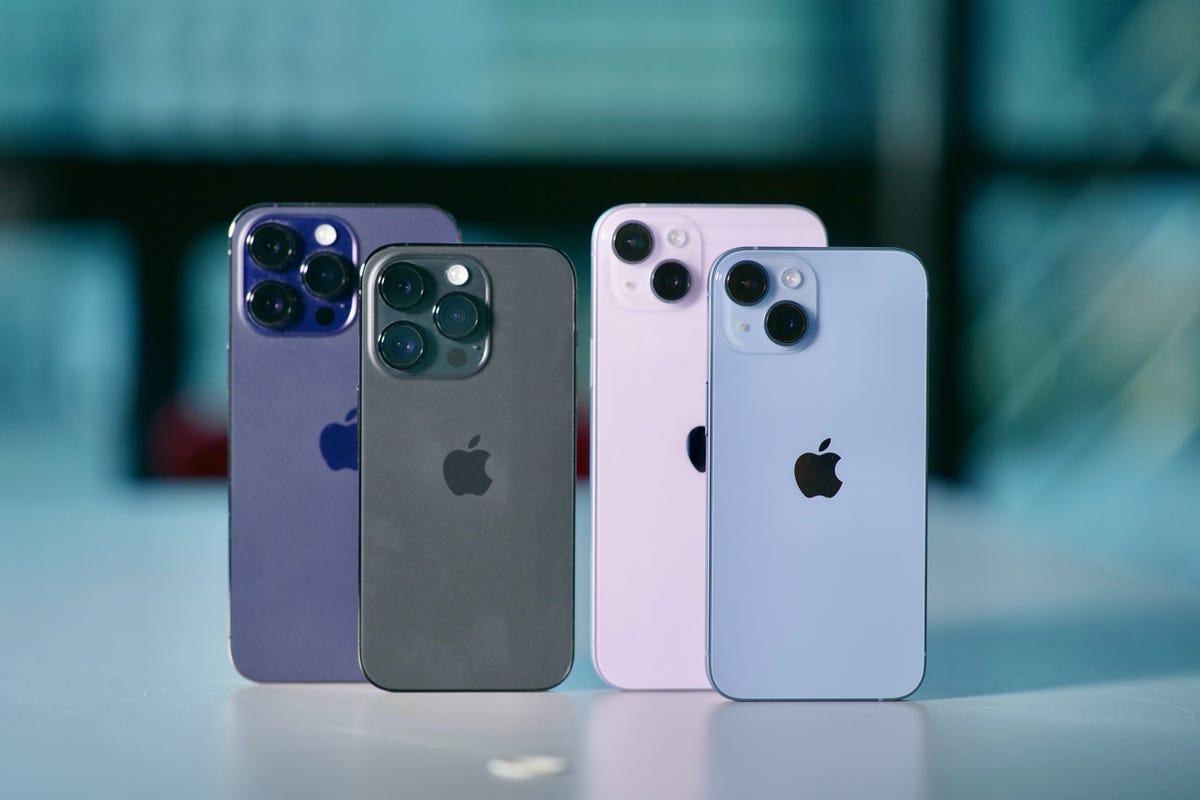

From left to right: the iPhone 14 Pro Max, iPhone 14 Pro, iPhone 14 Plus and iPhone 14.
Celso Bulgatti/CNETApple usually launches new iPhones in September, and this year will likely be no different. Among the most significant changes we’re expecting to see in the iPhone 15 is the switch from the Lightning charging port to USB-C. That’s because there are new rules requiring tech products sold in Europe to support USB-C by 2024. Still, it’s unclear whether Apple will fully embrace the transition to USB-C across the entire iPhone 15 lineup, or if it will make a region-specific model for Europe.
Another potential update could include the Dynamic Island’s arrival on standard non-Pro iPhone 15 models, Ross Young, CEO of Display Supply Chain Consultants, tweeted in September. At the same time, Apple could add more features to the iPhone 15 Pro that differentiate it from the base models. Such features could include a new periscope camera with better optical zoom for the iPhone 15 Pro Max and solid-state buttons for both Pro phones, according to TF International Securities analyst Ming-Chi Kuo.
Read more: I Want to See These 6 Features on the iPhone 15
Apple AR/VR headset


Apple is rumored to release a mixed-reality headset this year.
James Martin/CNETApple’s long-anticipated mixed-reality headset could finally make its debut in June, according to Bloomberg, marking Apple’s first major expansion into a new product category since the Apple Watch. The headset is expected to blend elements of augmented reality, which lays digital graphics over real-world environments similar to the smartphone game Pokemon Go, and virtual reality, which envelopes users in 360-degree graphics like the $400 Meta Quest 2.
But don’t expect Apple’s headset to come cheap. The device could cost $3,000 and will run on a new type of software that’s essentially a 3D version of the iPhone’s interface, Bloomberg reports. Expect it to be powered by Apple’s M2 chip, which can be found in its current MacBook lineup, the report says. Although Bloomberg reported that Apple could introduce the headset in June, a tweet from Kuo suggests mass production of the device may have been delayed.
Tech giants from Meta to Sony to Microsoft have all tried their hand at virtual or augmented reality. But there’s an expectation that Apple’s first VR product could popularize the technology, since the company has a long track record of doing so with other products.
«I think Apple is going to be a big help to the market kind of like it has with, let’s face it, smartphones, tablets and smartwatches,» said Ramon Llamas, a research director at the International Data Corporation.
Apple Watch Series 9
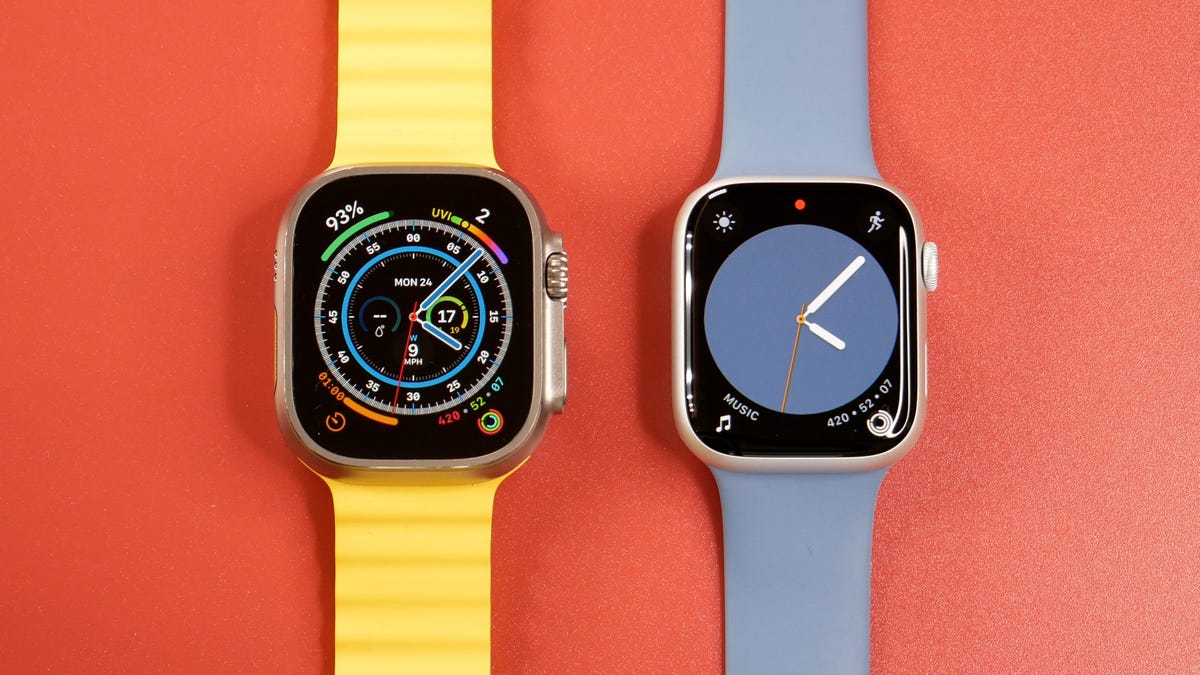

The Apple Watch Ultra (left) and Apple Watch Series 8 both launched last year.
Lexy Savvides/CNETLike clockwork, Apple typically releases new Apple Watch models alongside its new iPhones in the fall. This year, however, we may see a more modest update than usual. Bloomberg reports that we shouldn’t expect to see significant changes to the Apple Watch this year. What that means is unclear, but it’s possible the watch could include routine updates like performance enhancements rather than significant new health-tracking features.
That falls in line with the pattern that Apple has followed in recent years. Other than the addition of temperature sensing and car-crash detection, the Apple Watch Series 8 is very similar to the Series 7. Apple has also introduced more new features through software updates rather than hardware changes in recent years, such as the ability to track sleep stages that arrived in WatchOS 9. But I’m hoping the Series 9 inherits some features from the Apple Watch Ultra, especially its handy Action button, which makes it easier to jump right into a workout.
There haven’t been many rumors or reports about whether to expect updated Apple Watch SE or Ultra models in 2023. But since Apple doesn’t always release special-edition products on an annual cadence, it wouldn’t be surprising to see Apple skip those updates this time around.
Read more: All the Apple Watch Series 9 Rumors We’ve Heard So Far
A new iMac
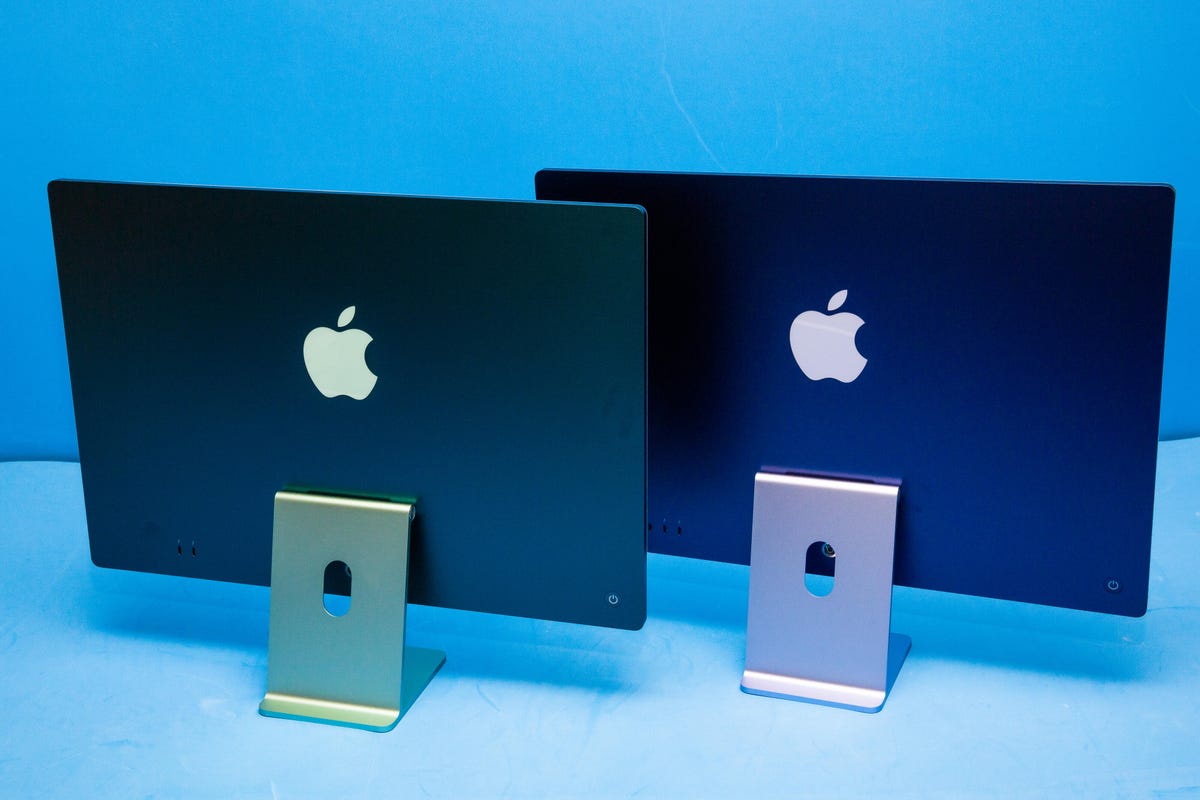

The 2021 iMac is powered by Apple’s M1 chip.
Sarah Tew/CNETFans of Apple’s colorful all-in-one computer may have something to look forward to this year. The company’s next iMac is at an advanced development stage, meaning it could arrive in the second half of this year, according to Bloomberg. The refreshed computer will likely run on Apple’s rumored M3 processor, which would be a step up from the M2 chip powering the current MacBook Pro and MacBook Air. It’ll have a 24-inch screen like the 2021 edition and will be available in the same color options, but will have some internal design changes, according to the report.
Mac Pro with M2 Ultra
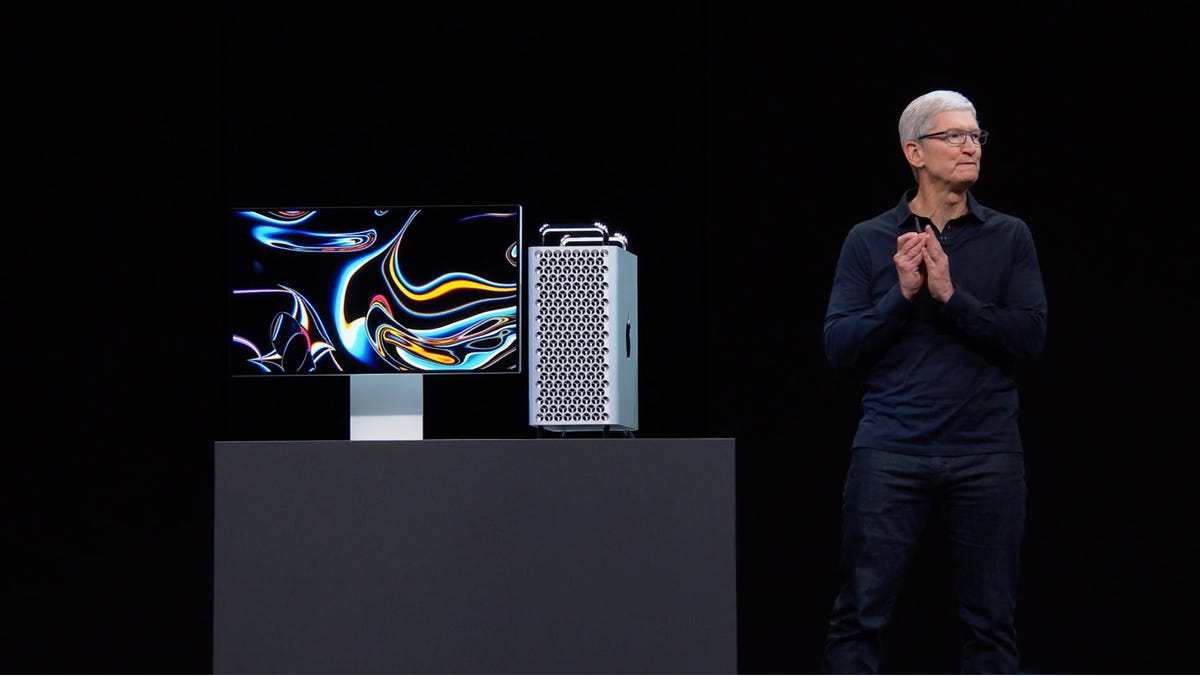

The 2019 Mac Pro can cost north of $50,000.
Apple/Screenshot by Alexandra Able/CNETApple is also readying a new version of its top-of-the-line Mac Pro that would run on a chip called the M2 Ultra processor, likely a successor to the M1 Ultra, according to Bloomberg. That would mark a departure from the current model, which debuted in 2019 and runs on Intel’s Xeon processors. The chip will reportedly have 24 CPU cores, 76 graphics cores and 192GB of memory.
The $5,999 Mac Pro is Apple’s high-end desktop computer aimed at professionals. It’s the last remaining Mac in Apple’s current lineup that doesn’t include the company’s own silicon. The report suggests it will launch between late spring and summer, meaning we might see it at Apple’s Worldwide Developers Conference in June.
A 15-inch MacBook Air
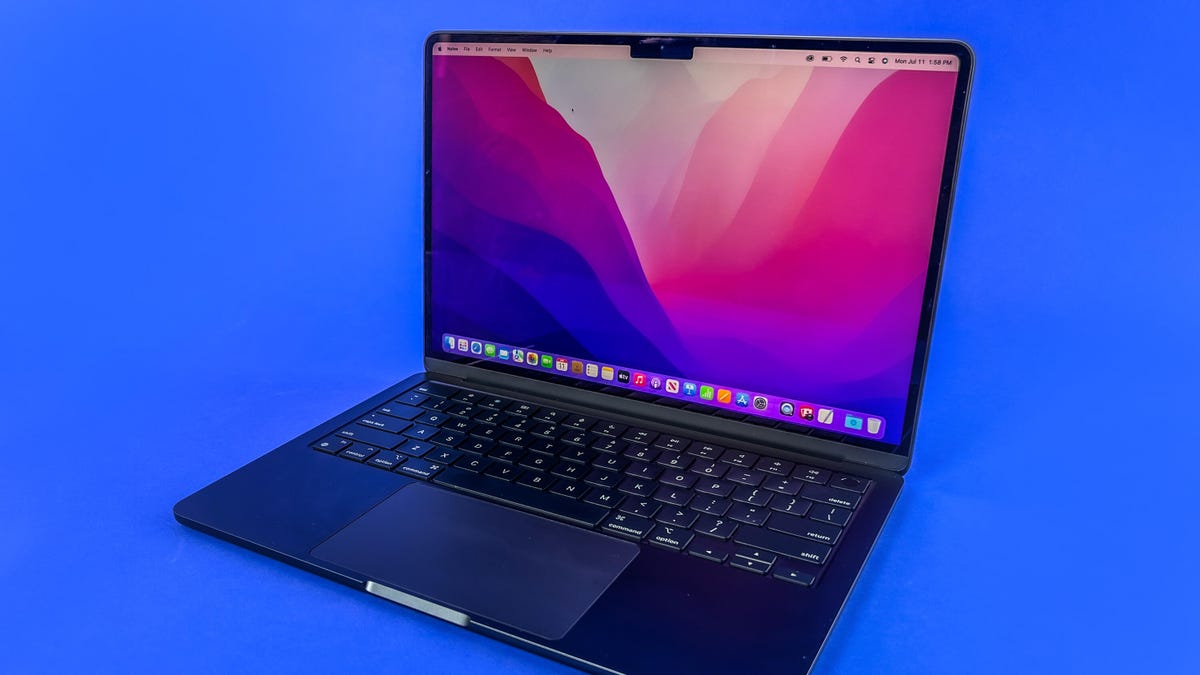

The M2 MacBook Air is «the most universally useful laptop you can buy,» according to CNET’s Dan Ackerman.
Dan Ackerman/CNETApple’s lightweight laptop will reportedly be available in a 15-inch size for the first time this year. Bloomberg reports that a 15-inch MacBook Air is in Apple’s 2023 product roadmap, although it’s unclear whether this machine will run on the company’s expected M3 chip. A new 13-inch MacBook Air is also said to be in the works.
These two laptops are also expected to arrive in the late spring or summer, so we should be hearing about them in the coming months if Bloomberg’s report is accurate.
All told, the rumors, leaks and reports suggest 2023 could be a pivotal year for Apple’s computing lineup. If Apple does announce its first mixed-reality headset, we’ll get a glimpse at the company’s vision for the future of computing. Apple CEO Tim Cook has been vocal about the potential he sees for augmented reality, but we haven’t seen dedicated Apple hardware for providing those experiences yet. The arrival of Apple silicon in the Mac Pro would also mark the completion of Apple’s transition to its homegrown Mac chips within its current lineup.
Technologies
Today’s NYT Mini Crossword Answers for Saturday, Dec. 27
Here are the answers for The New York Times Mini Crossword for Dec. 27.
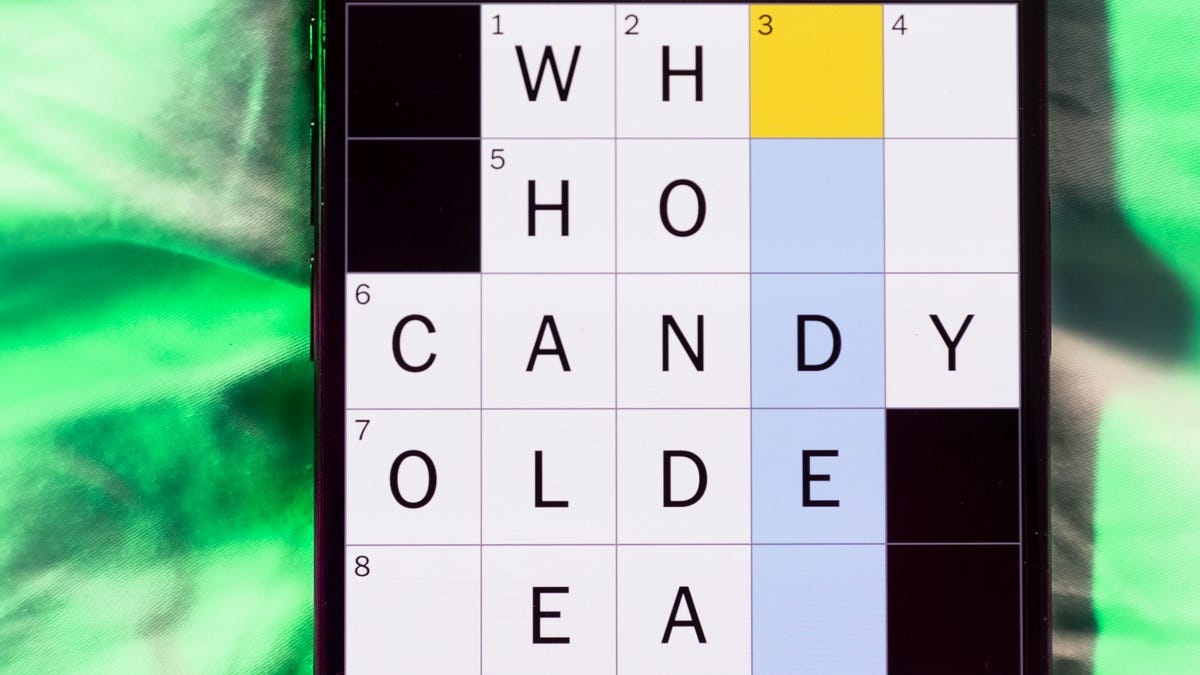
Looking for the most recent Mini Crossword answer? Click here for today’s Mini Crossword hints, as well as our daily answers and hints for The New York Times Wordle, Strands, Connections and Connections: Sports Edition puzzles.
Need some help with today’s Mini Crossword? It’s pretty long for a Mini Crossword, and some of the clues are tricky. The answer to 10-Across is not an expression I use, for sure. Read on. And if you could use some hints and guidance for daily solving, check out our Mini Crossword tips.
If you’re looking for today’s Wordle, Connections, Connections: Sports Edition and Strands answers, you can visit CNET’s NYT puzzle hints page.
Read more: Tips and Tricks for Solving The New York Times Mini Crossword
Let’s get to those Mini Crossword clues and answers.
Mini across clues and answers
1A clue: Fashionable
Answer: HIP
4A clue: Product sold on «The Office»
Answer: PAPER
6A clue: One writing a performance review
Answer: MANAGER
8A clue: With 5-Down, redundant synonym of «outcome»
Answer: END
9A clue: Quiet ___ mouse
Answer: ASA
10A clue: Gives constant compliments, in slang
Answer: GASESUP
12A clue: Ski mountain bump
Answer: MOGUL
13A clue: Uneasy feeling
Answer: ANGST
Mini down clues and answers
1D clue: Personally involved
Answer: HANDSON
2D clue: Hoppy beer, for short
Answer: IPA
3D clue: Mythical horse whose name is an anagram of 10-Across
Answer: PEGASUS
4D clue: Last word in the palindromic sentence «A man, a plan, a canal …»
Answer: PANAMA
5D clue: See 8-Across
Answer: RESULT
6D clue: Ryan of «When Harry Met Sally …»
Answer: MEG
7D clue: Genre for Playboi Carti and Cardi B
Answer: RAP
11D clue: Something in an Easter basket
Answer: EGG
Don’t miss any of our unbiased tech content and lab-based reviews. Add CNET as a preferred Google source.
Technologies
Today’s NYT Connections: Sports Edition Hints and Answers for Dec. 27, #460
Here are hints and the answers for the NYT Connections: Sports Edition puzzle for Dec. 27, No. 460.
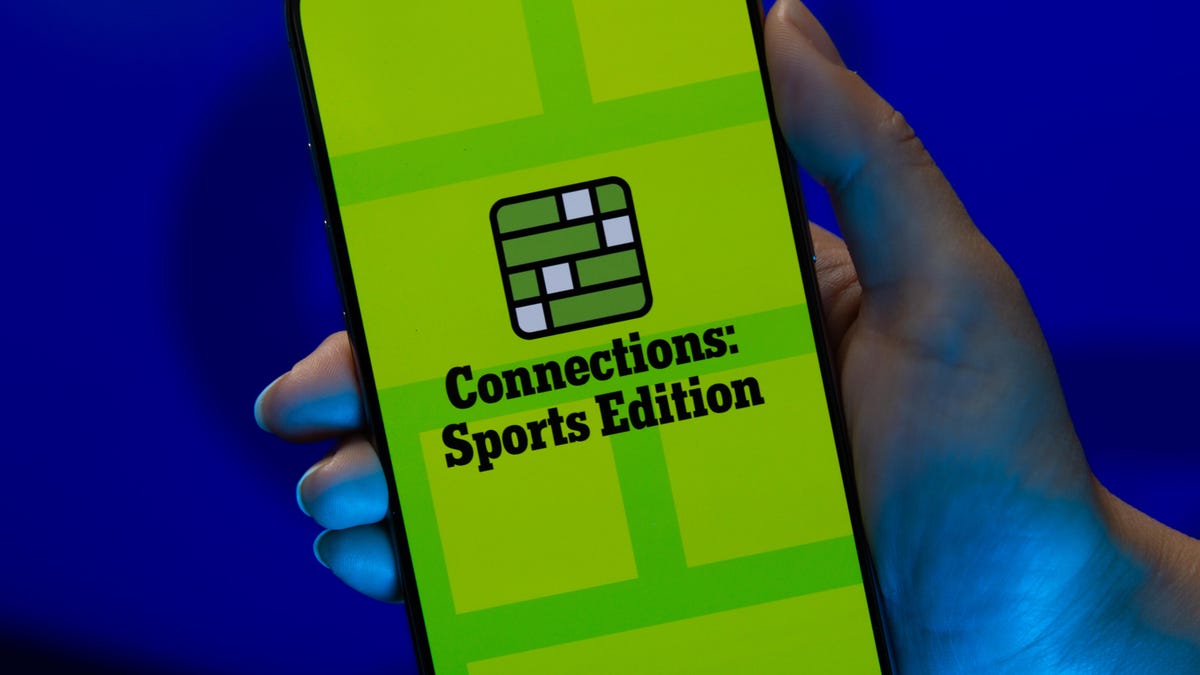
Looking for the most recent regular Connections answers? Click here for today’s Connections hints, as well as our daily answers and hints for The New York Times Mini Crossword, Wordle and Strands puzzles.
Today’s Connections: Sports Edition is a real challenge. That purple category wants you to hunt out something related in four different words, and it’s a toughie. If you’re struggling with today’s puzzle but still want to solve it, read on for hints and the answers.
Connections: Sports Edition is published by The Athletic, the subscription-based sports journalism site owned by The Times. It doesn’t appear in the NYT Games app, but it does in The Athletic’s own app. Or you can play it for free online.
Read more: NYT Connections: Sports Edition Puzzle Comes Out of Beta
Hints for today’s Connections: Sports Edition groups
Here are four hints for the groupings in today’s Connections: Sports Edition puzzle, ranked from the easiest yellow group to the tough (and sometimes bizarre) purple group.
Yellow group hint: Something you save.
Green group hint: An Olympic sport.
Blue group hint: Toronto pitchers.
Purple group hint: Think about the alphabet and look for something hidden.
Answers for today’s Connections: Sports Edition groups
Yellow group: Memento.
Green group: Types of wrestling.
Blue group: Blue Jays to win Cy Young Award.
Purple group: Ends in a homophone for a letter of the alphabet.
Read more: Wordle Cheat Sheet: Here Are the Most Popular Letters Used in English Words
What are today’s Connections: Sports Edition answers?
The yellow words in today’s Connections
The theme is memento. The four answers are collectible, keepsake, memorabilia and souvenir.
The green words in today’s Connections
The theme is types of wrestling. The four answers are arm, freestyle, Greco-Roman and sumo.
The blue words in today’s Connections
The theme is Blue Jays to win Cy Young Award. The four answers are Clemens, Halladay, Hentgen and Ray.
The purple words in today’s Connections
The theme is ends in a homophone for a letter of the alphabet. The four answers are batter’s eye (I), blue jay (J), golf tee (T) and pool cue (Q).
Don’t miss any of our unbiased tech content and lab-based reviews. Add CNET as a preferred Google source.
Technologies
Today’s Wordle Hints, Answer and Help for Dec. 27, #1,652
Here are hints and the answer for today’s Wordle for Dec. 27, No. 1,652.
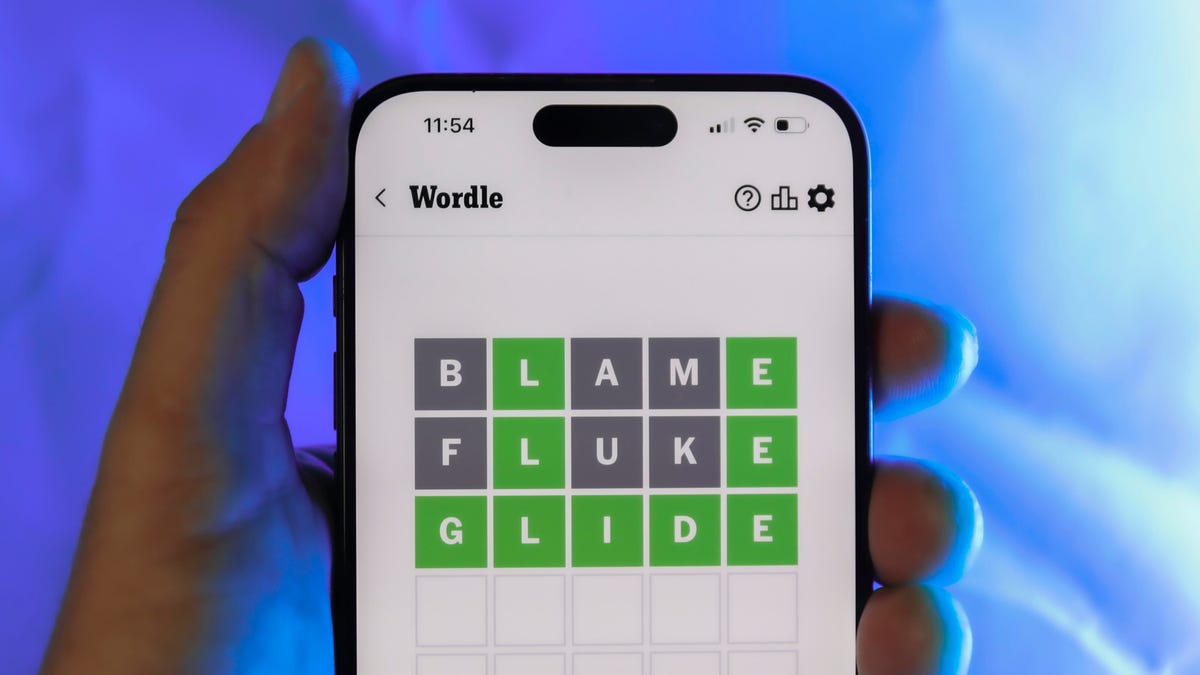
Looking for the most recent Wordle answer? Click here for today’s Wordle hints, as well as our daily answers and hints for The New York Times Mini Crossword, Connections, Connections: Sports Edition and Strands puzzles.
Today’s Wordle puzzle came together pretty quickly for me this time. If you need a new starter word, check out our list of which letters show up the most in English words. If you need hints and the answer, read on.
Read more: New Study Reveals Wordle’s Top 10 Toughest Words of 2025
Today’s Wordle hints
Before we show you today’s Wordle answer, we’ll give you some hints. If you don’t want a spoiler, look away now.
Wordle hint No. 1: Repeats
Today’s Wordle answer has no repeated letters.
Wordle hint No. 2: Vowels
Today’s Wordle answer has one vowel.
Wordle hint No. 3: First letter
Today’s Wordle answer begins with B.
Wordle hint No. 4: Last letter
Today’s Wordle answer ends with H.
Wordle hint No. 5: Meaning
Today’s Wordle answer can refer to a quantity of goods produced at one time.
TODAY’S WORDLE ANSWER
Today’s Wordle answer is BATCH.
Yesterday’s Wordle answer
Yesterday’s Wordle answer, Dec. 26, No. 1651 was SPEED.
Recent Wordle answers
Dec. 22, No. 1647: CONCH
Dec. 23, No. 1648: GLINT
Dec. 24, No. 1649: SPOOL
Dec. 25, No. 1650: PRISM
Don’t miss any of our unbiased tech content and lab-based reviews. Add CNET as a preferred Google source.
-

 Technologies3 года ago
Technologies3 года agoTech Companies Need to Be Held Accountable for Security, Experts Say
-

 Technologies3 года ago
Technologies3 года agoBest Handheld Game Console in 2023
-

 Technologies3 года ago
Technologies3 года agoTighten Up Your VR Game With the Best Head Straps for Quest 2
-

 Technologies4 года ago
Technologies4 года agoBlack Friday 2021: The best deals on TVs, headphones, kitchenware, and more
-

 Technologies4 года ago
Technologies4 года agoVerum, Wickr and Threema: next generation secured messengers
-

 Technologies4 года ago
Technologies4 года agoGoogle to require vaccinations as Silicon Valley rethinks return-to-office policies
-

 Technologies4 года ago
Technologies4 года agoOlivia Harlan Dekker for Verum Messenger
-

 Technologies4 года ago
Technologies4 года agoiPhone 13 event: How to watch Apple’s big announcement tomorrow
